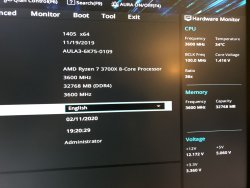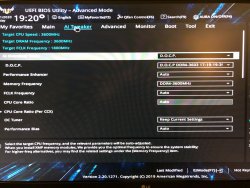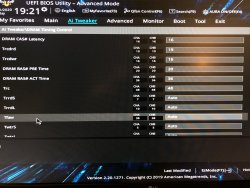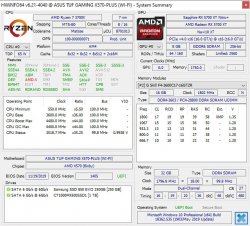^^^That XD
2133mhz is JEDEC standard speed for your ram. That's just a common 'in-spec' speed. Some sticks are within JEDEC spec for as high as 3200mhz. Anything past that spec is technically an overclock. So all of this ram out there boasting 3200mhz plus with XMP are technically factory overclocked.
People don't really think of it that way though. I'm betting a lot of people don't know because they just set it and go. JEDEC standard is verrrry tight and particular. It's for absolute, mission-critical, "this must ALWAYS work" requirements. And it's gotta be at 1.2v. It's for the widest compatibility and best stability/efficiency. This is what your mobo/ram vendor compatibility lists are supposed to guarantee, not the XMP, unless it specifically says "XMP certified." It just means it will post and run at its JEDEC standard speed/timings. It's much more restrictive than most applications demand, and most sticks can do much more than the JEDEC spec allows for with no issues and a little extra voltage. Hence why this stuff can be sold advertising the XMP spec, instead of JEDEC. XMP was originally an Intel thing, though AMD platforms will also load those profiles (which is why they don't always work as well!) But it's basically a looser set of rules based on the JEDEC standard that certifies the same RAM for high speed-timings ratios at voltages as high as 1.4v.
When done right, it's an "officially-supported" overclock that can be run automatically and even fine-tuned.
But like I said, sometimes motherboards deploy it kinda hodgepodge. It's up to them to get it playing nice with the profiles on the RAM's SPD itself. You might enable XMP/DOCP, but only get the timings/voltage, while the actual speed stays at JEDEC, and has a separate dropdown. So even though you may have one dropdown that says "D.O.C.P 3600mhz xx-xx-xx-xx" or whatever, you may, right above or below that see another dropdown that still says "2133mhz" that also needs to be changed to 3600mhz for it to actually post that speed.








